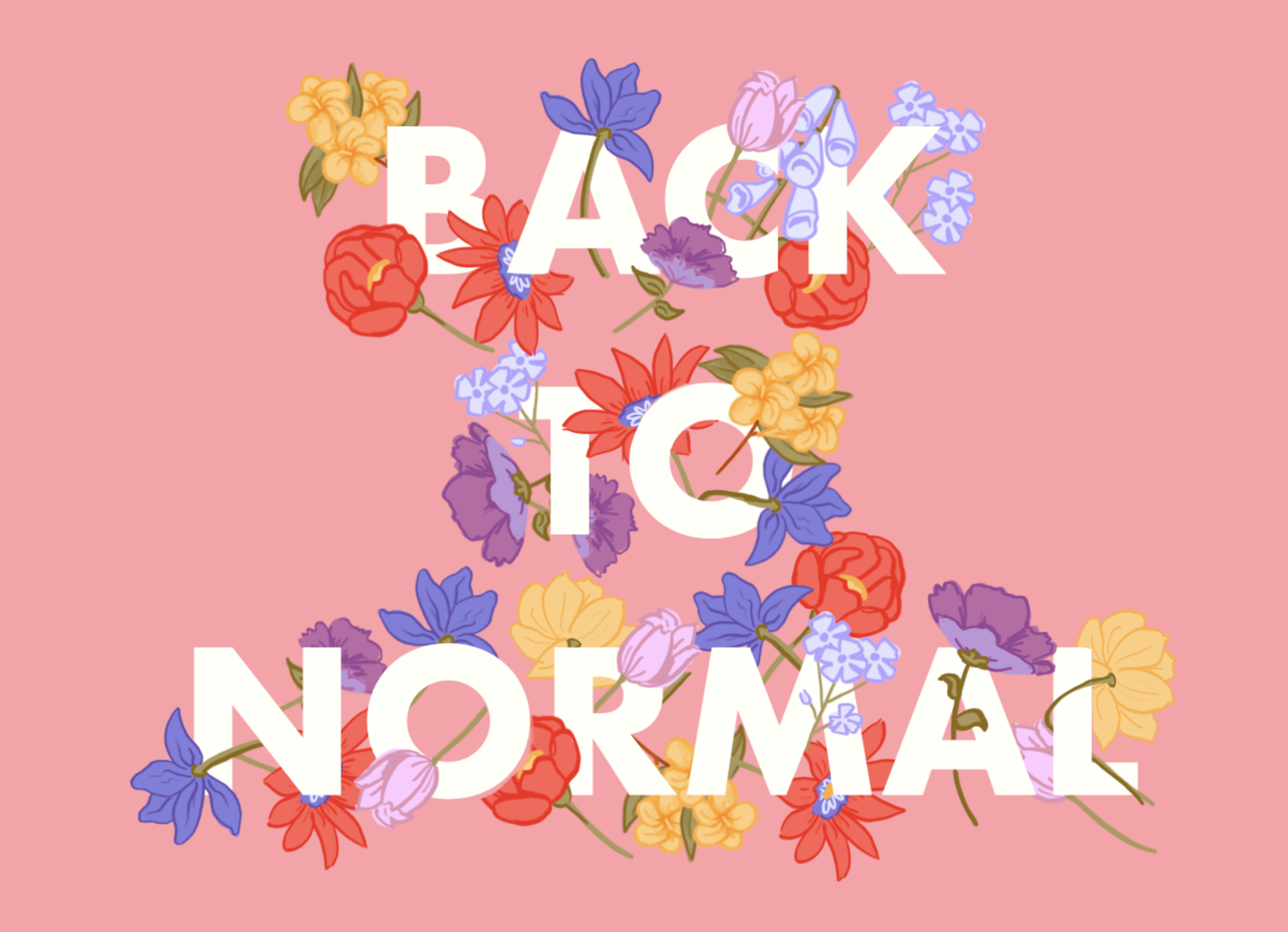Although I am now close to halfway through my term as the Harvard Political Review’s president, this is the first time I find myself writing the president’s preamble to our quarterly magazine. Careful readers of the HPR will notice that we did not publish a magazine at the start of 2021, as the usual rhythm of our publishing calendar would have dictated. Instead, we took time to pause.
There is a fitting quote that I quite literally stumbled upon as I was thinking about what I wanted to say in this letter, about why we’ve taken so much time to publish this magazine, and why we chose this theme, “Back to Normal.” In downtown Boston, you’ll find a memorial to Kip Tiernan, a local community organizer and minister who founded the nation’s first homeless shelter for women. In her writing, which is embossed on stainless steel arches, she offered this warning about how society has failed those at its margins: “We developed an ethic to meet the need rather than acknowledge the need for a new ethic,” she wrote. Although Tiernan passed away a decade ago, I couldn’t help but think that her words have taken on special meaning to those of us who are interested in how we move forward from one of the most socially, politically, and economically tumultuous periods in living memory.
After a year like no other, we at the HPR are taking time to determine what our “new normal” will be. Like so many other institutions that have persisted for years without interruption, our publication and its practices deserve further scrutiny. Just because we have the opportunity to plot a course toward business-as-usual, doesn’t mean we should. And instead of merely accommodating the special challenges we faced this year, we can take the opportunity to adapt and improve. I believe I can speak for the HPR’s entire staff when I say that we’d like to do better, as thinkers, writers, and members of a shared community. This issue of the HPR, the first magazine produced by the 53rd masthead, reflects that commitment as we examine what it will mean to “go back to normal” in all corners of life.
In the pages that follow, our writers delve into questions of reopening and recovery, as institutions and people around the world imagine for themselves what their new normal might look like in a post-pandemic, post-Trump, post-2020 world. As readers will see, “Back to Normal” can mean different things in different contexts. In some cases, it means recovering from a year of particular hardship. In others, it raises the spectre of backsliding and regression to a status quo which many would like to escape.
I would like to give special thanks to the HPR’s Covers editors who have spearheaded the most comprehensive overhaul of the magazine’s structure that I can remember. While the usual long-form features remain a centerpiece of our publication, we’ve also incorporated new avenues through which to examine this covers topic. You will find a pair of “in conversation” articles, opinion essays, and a photo exposé. This variety of content and form, we believe, allows for a more complete picture of the meandering path towards normalcy.
Another round of thanks and acknowledgement goes to our World editors, who proposed this theme. A debate we often have within the HPR is where our covers theme should fall on the spectrum of ‘concrete’ to ‘abstract.’ As anyone who’s been in those meetings will know, I tend to favor the former, putting my support behind topics like protest, infrastructure, education — themes that can be labeled and itemized. But I can admit that I’m losing this debate to our many prescient editors and writers who favor recognizing and embracing the blurry boundaries of politics. They are pushing us to make space for political analysis which is more astute, provocative, and personal.
I hope, too, that future readers will see “Back to Normal” as the final entry in a trio of HPR issues that form a sort of pandemic time capsule: “Isolation,” “Hindsight 2020,” and “Back to Normal.” We began by turning inward, then we looked backwards, and now, after an interlude, we look forward.



